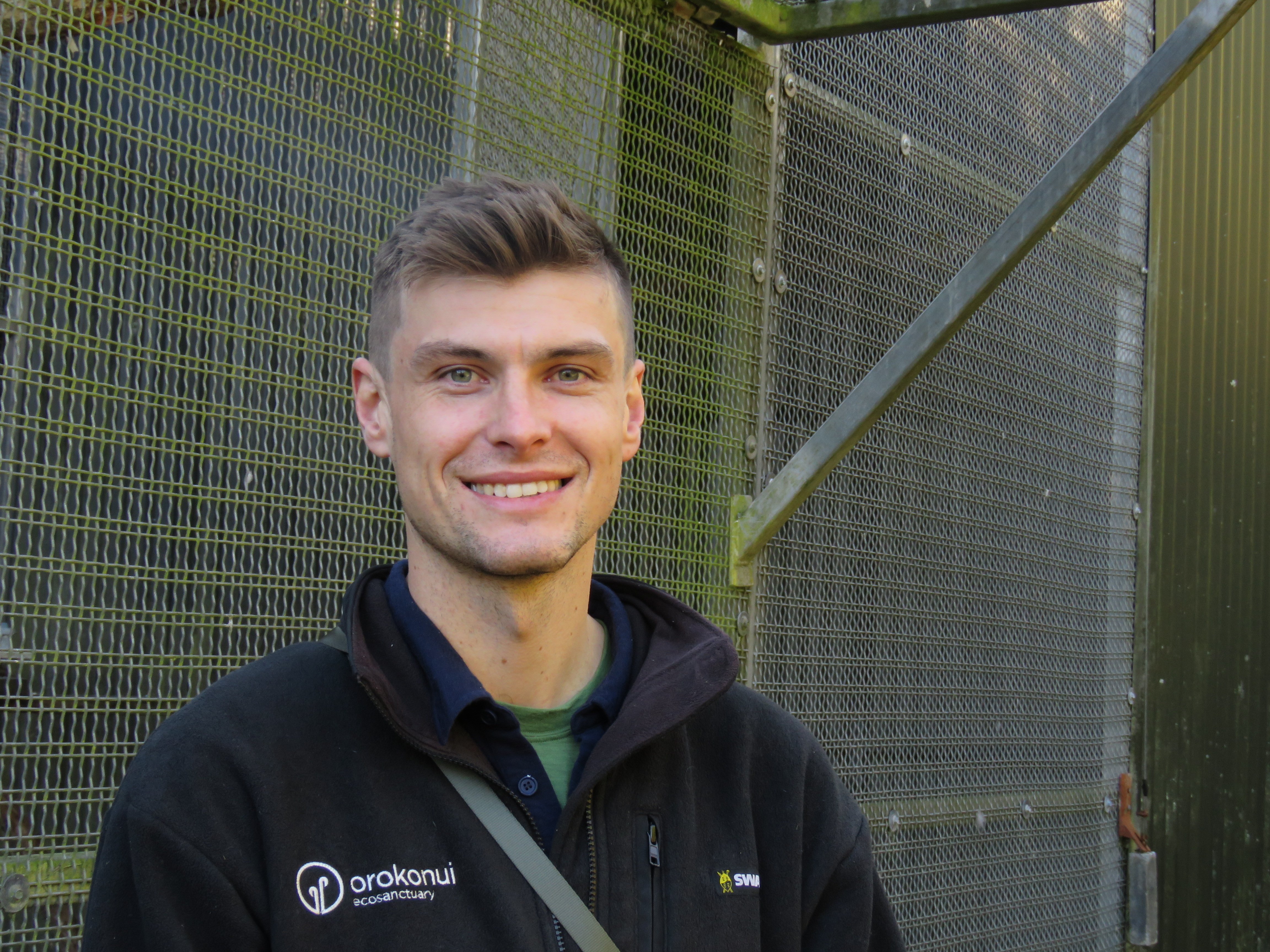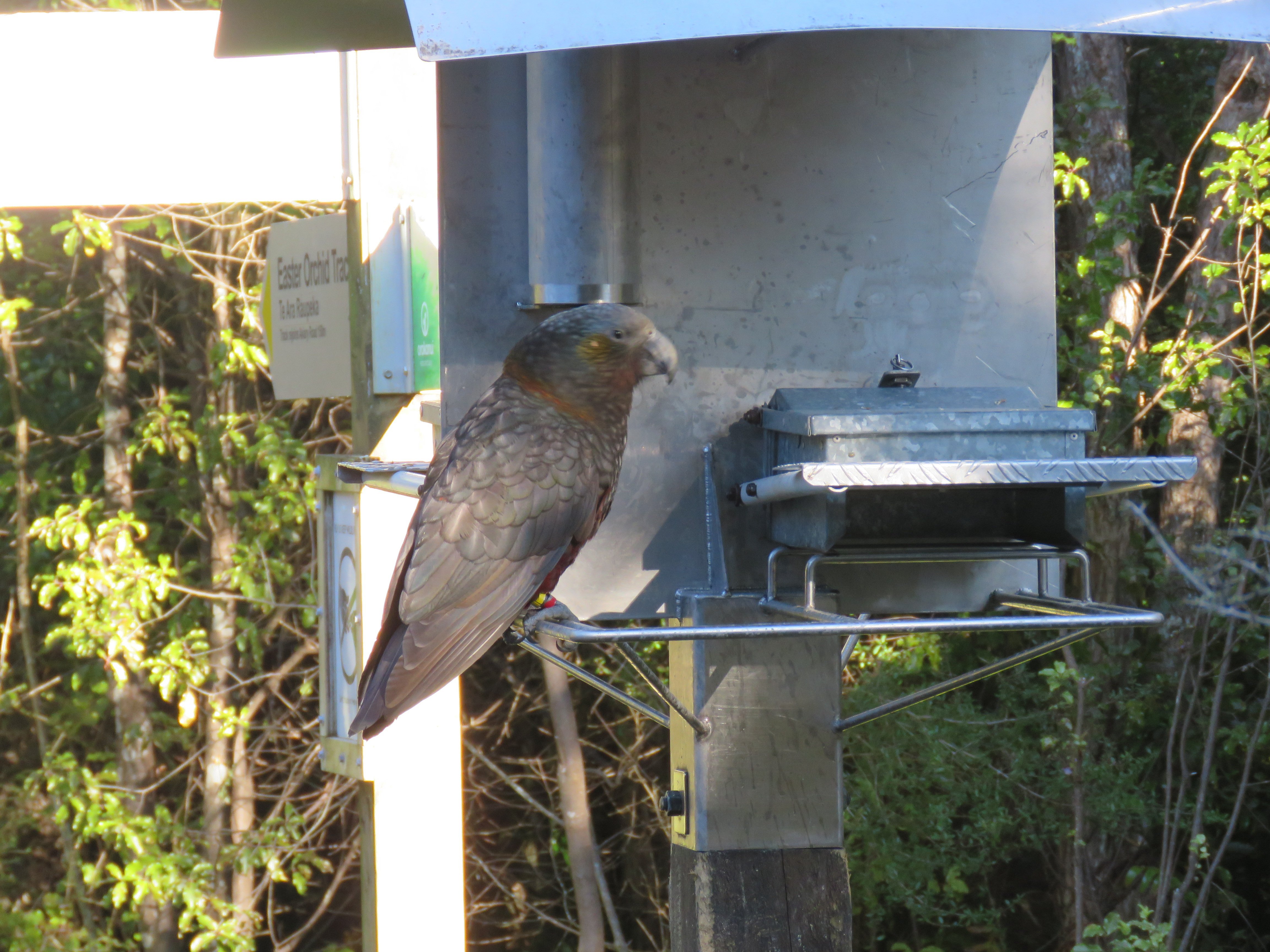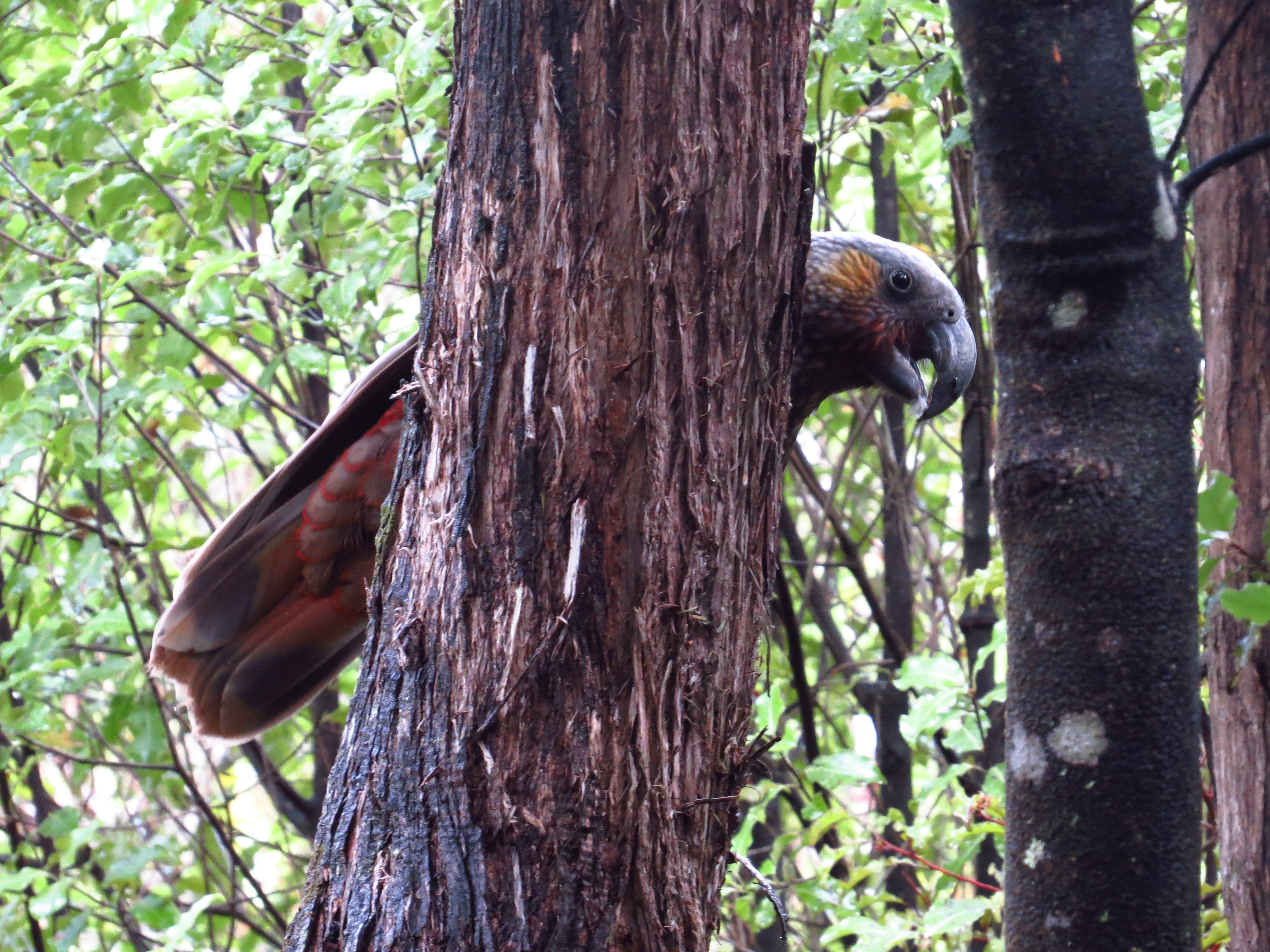
Last August I was thrilled to see a wild kākā flying over Truby King Reserve at Seacliff. My observation was one of an increasing number of recent kākā sightings around Dunedin and its surrounds that staff at Orokonui Ecosanctuary say reflects the "definitely growing" kākā population within Orokonui Ecosanctuary.
Once common, kākā around Dunedin became locally extinct around 150 years ago, following forest clearance and the introduction of mammalian predators. Now, thanks to ecosanctuaries and predator-free initiatives, birds like kākā are returning.
"The example of Wellington shows that ecosanctuaries can be the source for the re-establishment of kākā in a region as long as predation is closely controlled and the habitat is suitable," says Associate Prof Michael Knapp, of the department of biological anthropology at the University of Otago.
"We can all help to make Dunedin a welcoming place for the return of the kākā," says Knapp, who points to guidelines recently posted on the Orokonui Ecosanctuary Facebook page.

"That’s a huge impact on your population that you have."
Trapping efforts by the Halo Project north of the city are helping kākā rewild beyond the ecosanctuary. We can do our bit by setting traps in our gardens or getting involved in a trapping group. Also, don’t underestimate the predatory prowess of your pets. Juvenile kākā often feed on the ground, says Davies-Colley, who recommends responsible pet ownership. This could mean bringing pets indoors when kākā are about, investing in an enclosed outdoor space for your cat or rearing your next kitten with an indoor lifestyle.

If you don’t have space for a large tree, you could grow food plants for kākā like harakeke and kōwhai.
"You don’t have to be the garden that has the huge totara," Davies-Colley says.
Davies-Colley recommends people don’t feed kākā artificially. He’s not just thinking of the birds’ welfare.

"If we feed kākā outside our houses, they will treat our houses the same way kea treat our cars".
Artificial feeding can also easily spread disease to kākā, be nutritionally lacking, and food such as nuts can cause deformities in chicks.
"Kākā are more than capable of finding enough food in most areas around Dunedin" says Davies-Colley.
At Orokonui Ecosanctuary, a 1000-year plan is in place to create a thriving ecosystem that reflects the length of time nature needs to grow big trees, allow very slow breeding populations like tuatara to repopulate the sanctuary and establish healthy bird populations beyond the fence.
"But also, it gives us time to think things over in the appropriate way,’’ Davies-Colley says.

I’m looking forward to spotting a kākā in my garden someday. We’re off to a good start.
- Dr Maureen Howard is the creator and host of the podcast series Rewilding in Action, with Otago Access Radio.












